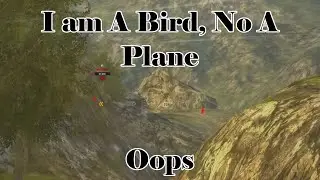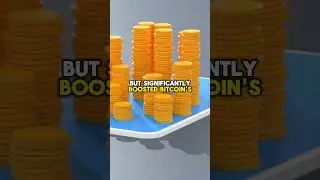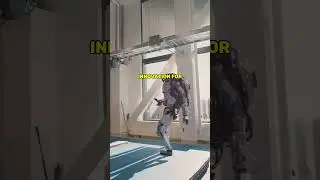What is bitcoin halving ? | bitcoin halving explained
Bitcoin halving is a significant event in the Bitcoin network that occurs approximately every four years, or more specifically, after 210,000 blocks have been mined. This event cuts the reward for mining new blocks in half, reducing the rate at which new bitcoins are generated and introduced into circulation. The primary purpose of halving is to control Bitcoin's inflation rate and extend its distribution over a longer period, mimicking the scarcity and deflationary characteristics similar to precious metals like gold.
When Bitcoin was first created, the reward for mining a block was 50 bitcoins. After the first halving in 2012, it was reduced to 25 bitcoins, and then to 12.5 bitcoins in 2016, and most recently to 6.25 bitcoins in 2020. The next halving is expected to occur in 2024, where the reward will decrease to 3.125 bitcoins per block.
Bitcoin halving is crucial because it directly influences the supply of new bitcoins entering the market, miners' profitability, and the overall economics of Bitcoin. As the reward decreases, the inflation rate of Bitcoin also decreases, making it a deflationary asset in the long term. This event is widely anticipated by the cryptocurrency community and can have significant impacts on Bitcoin's price, often leading to increased public interest and speculative activity in the months leading up to and following the halving.
#BitcoinHalving
#Cryptocurrency
#MiningRewards
#InflationControl
#DeflationaryAsset
#BlockReward
#SatoshiNakamoto
#BitcoinSupply
#DigitalGold
#CryptoEvent
#HalvingImpact
#BitcoinEconomics
#HODL
#BitcoinMining
#CryptoMining































